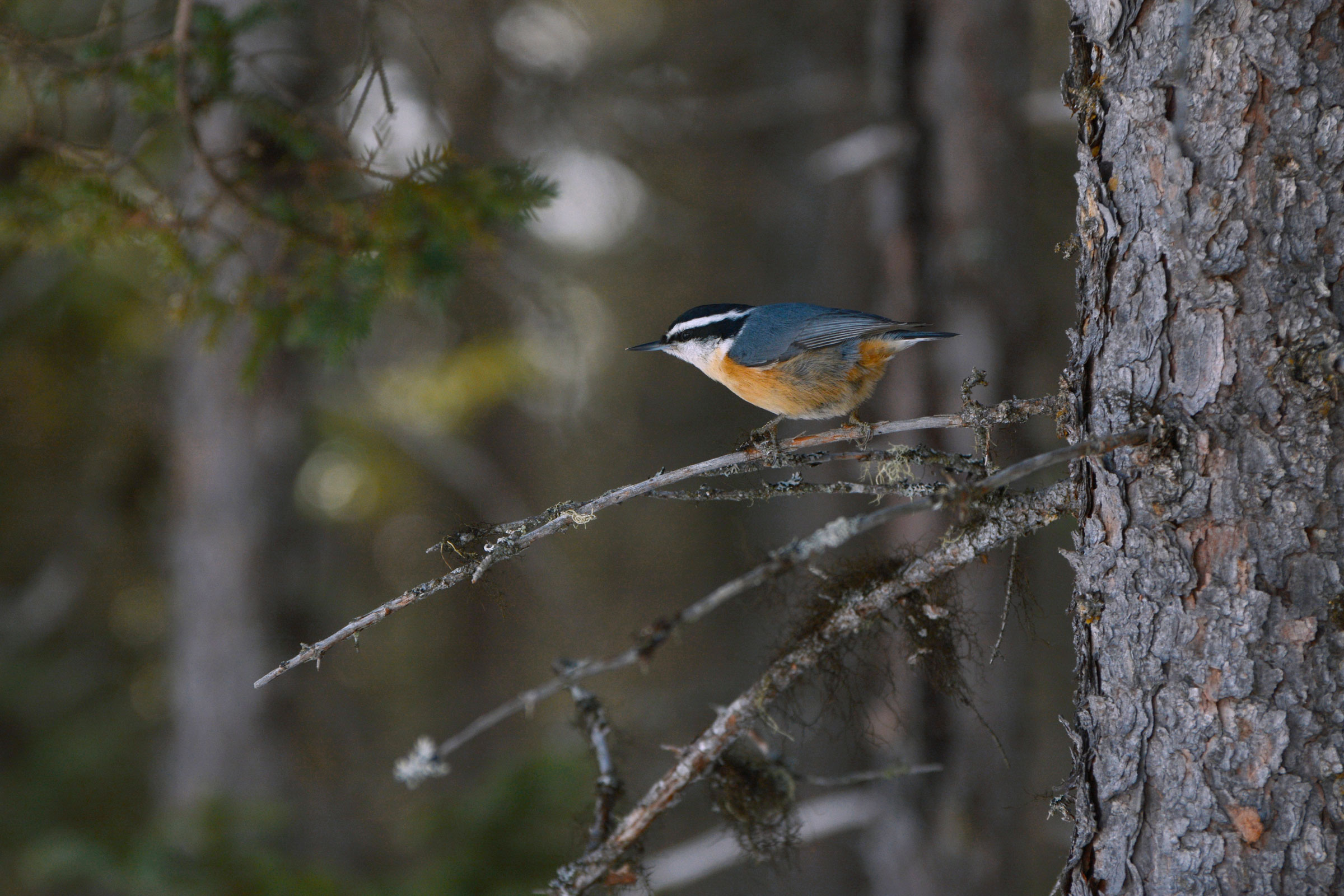
Since its origin in 1900, the Christmas Bird Count has become a holiday fixture for ever-expanding numbers of birders across the globe, giving a valuable gift to generations of wildlife scientists—a massive trove of data on bird populations in the Western Hemisphere. This annual avian census, set to commence for the 125th time, began in an era when many bird species were facing steep declines, especially waterfowl prized for their feathers. The Christmas Bird Count was the National Audubon Society’s answer to the traditional Christmas Side Hunt, a team competition that encouraged participants to kill as many furred and feathered creatures as possible in a single outing.
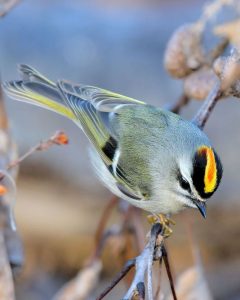
“The Christmas Bird Count really got started as an alternative to those kinds of hunting efforts,” said Curtis Smalling, executive director of Audubon North Carolina. “This year is the 125th annual Christmas Bird Count, and that makes it the longest-running community science project in North America.”
Anyone can participate in the CBC, regardless of their birding skill level, by joining one of the thousands of circles, each 15 miles in diameter, that comprise the event. The organizer of each circle chooses a day between December 14 and January 5 to conduct their count. On the appointed day, all participants in the circle have 24 hours in which to tally as many birds as they can. In addition to listing the individual species spotted, they also count the number of individual birds seen and participant hours logged.
Participation in the Christmas Bird Count has grown dramatically over the past 125 years. The first one in 1900 involved 27 people conducting counts in 25 locations within the United States. Last year, the Audubon Society marked a new record of 2,677 count circles and 83,186 participants, with counts held not only in the US but also in Canada, Latin America, the Caribbean, and the Pacific Islands. The Great Smoky Mountains region includes circles in Gatlinburg, Cades Cove, Knoxville, Franklin, Highlands, Waynesville, Hot Springs, and Asheville, to name a few.
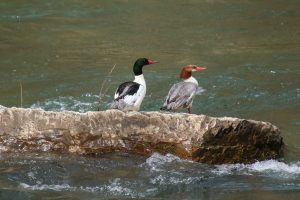
“It’s just fun,” said retired migratory bird biologist Keith Watson, who has organized the Gatlinburg circle since 2020 and participated in it regularly for decades. “It’s an opportunity to spend all day out in the field, watching birds and counting them.”
On count day, “out in the field” can mean a lot of different things. People who live inside a count circle can participate by simply watching their bird feeder and sending their observations to the count compiler. Half of the Gatlinburg circle lies within Great Smoky Mountains National Park, and half lies outside it, so Watson tries to make sure that some of his participants—in recent years, more than 30 of them—get out on trails in the park to look for birds beyond eyeshot of the road. Some observers drive US 441 through the Smokies, pulling out at each overlook to watch for birds, while some make the rounds in the lower-elevation areas outside the park, driving around until they find a place where they’re allowed to pull over and walk around. Night shift counters are welcome too—after dark is the best time to call for owls.
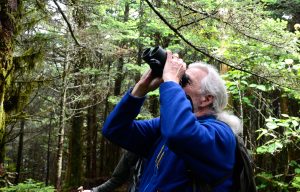
All that data helps paint a comprehensive picture of how birds are faring over time—not just in the Great Smoky Mountains but across the continent as well. The overall picture is quite bleak. Dubbed the “three billion birds report,” a 2019 research article published in the journal Science used a variety of datasets, including the CBC, to show that bird populations in the US and Canada had declined by 29 percent—or nearly 3 billion—since 1970.
“The species that seem to be doing the worst are the birds that are highly specialized and need large blocks of habitat,” said Smalling.
Grassland birds like bobwhite quail and eastern meadowlarks, for example, have seen drastic declines over the past 50 years—in North Carolina, their numbers are down 98 and 70 percent, respectively. But more than 40 percent of species in the state are trending upward in population, Smalling said. This includes waterfowl species that have benefited from successful conservation efforts as well as species that adapt well to the kinds of changes humans make to the environment, like urban development and forest fragmentation. Some birds fit both categories.
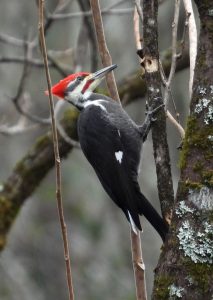
“The bird that has increased the most in North Carolina is the Canada goose,” said Smalling. “We do a great job of making Canada goose habitat.”
Every year, more land is developed, leaving spots that were once reliable contributors to the CBC list devoid of birds. But Great Smoky Mountains National Park—and much of the hundreds of thousands of acres of national forest land adjoining it—remains undeveloped.
“The mountains act as a stronghold for many interior forest birds,” Smalling explained. “Some things that are external to the region, like acid rain, can still impact birds, but in general those big blocks of forest really make this an extremely important area for conservation and species persistence.”
This habitat has become even more important in the face of a warming climate, with CBC data revealing how some birds’ winter ranges are shifting northward. Over the past five years, Watson said, the Gatlinburg circle has started logging brown-headed nuthatches and yellow-crowned night herons, species previously found in nearby counties but not recorded in the Smokies until the 2020 Christmas Bird Count. Smalling said changes like these are likely related to shifts in the climate.
“We’re staying a little bit warmer, and there’s less snow than there used to be, so the birds are responding to that,” he said. “The Christmas Bird Count is a great way to quantify those changes.”
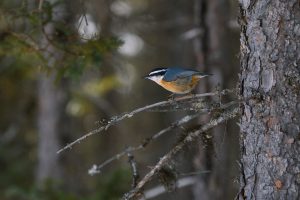
The Smokies, with their great variation in elevations and ecosystems, are an important refuge for many species—avian and otherwise—that may find their traditional home range a little too warm for comfort. Set to mark its 50th count this month, the Gatlinburg CBC circle has averaged 58 species over the years, ranging from a high of 75 species in 2020 to a low of 38 in 2004. Last year’s count recorded 64 different kinds of birds. A greater number of species may be spotted in the Smokies over the course of the calendar year, as some reside there only in the warmer months. The Christmas Bird Count captures only year-round and winter residents, while the All Taxa Biodiversity Inventory, managed by park partner Discover Life in America, lists 254 species that have been seen in the park at least once.
Count results can vary significantly based on participation and access to counting sites. If the park closes for inclement weather on the day of the count, then CBC teams can’t look for birds there. But the count goes on regardless. Whether the day dawns bright and sunny or gray and wet, for many birders it’s one of the best parts of the year.
“I go out no matter what the weather is, even if it’s raining,” said Watson. “I know a lot of other people do too.”
Subscribe to get the latest posts sent to your email.
The Great Smokies Welcome Center is located on U.S. 321 in Townsend, TN, 2 miles from the west entrance to Great Smoky Mountains National Park. Visitors can get information about things to see and do in and around the national park and shop from a wide selection of books, gifts, and other Smokies merchandise. Daily, weekly, and annual parking tags for the national park are also available.